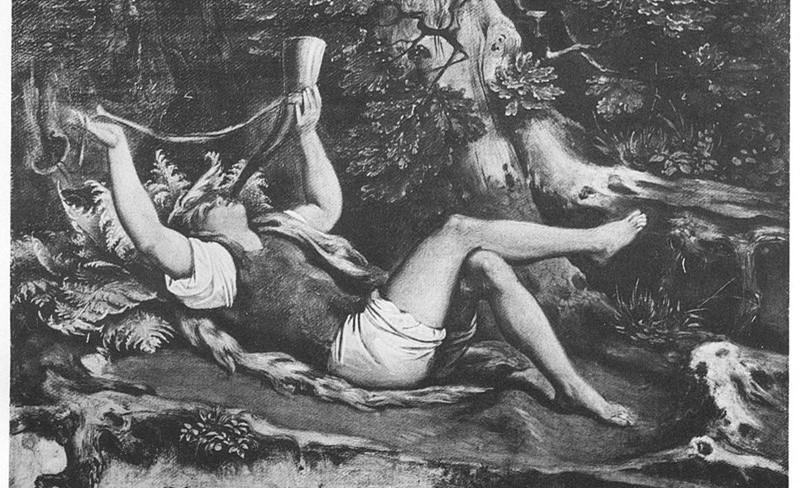Greatly affected by the Prussian defeat during the Napoleonic wars in 1806, two young German writers, Achim von Arnim and Clemens Brentano, set about to revive pride in their ethnic heritage. They did this by collecting more than 1,000 German folk songs, poems, and aphorisms in an anthology, “The Boy’s Magic Horn” (“Des Knaben Wunderhorn”). The anthology, published between 1805 and 1808 in Heidelberg, Germany, revived interest in German history and literature across the German-speaking world.
This anthology also soon interested composers of the Romantic tradition, especially Gustav Mahler (1860–1911), who set many of the poems to music.






